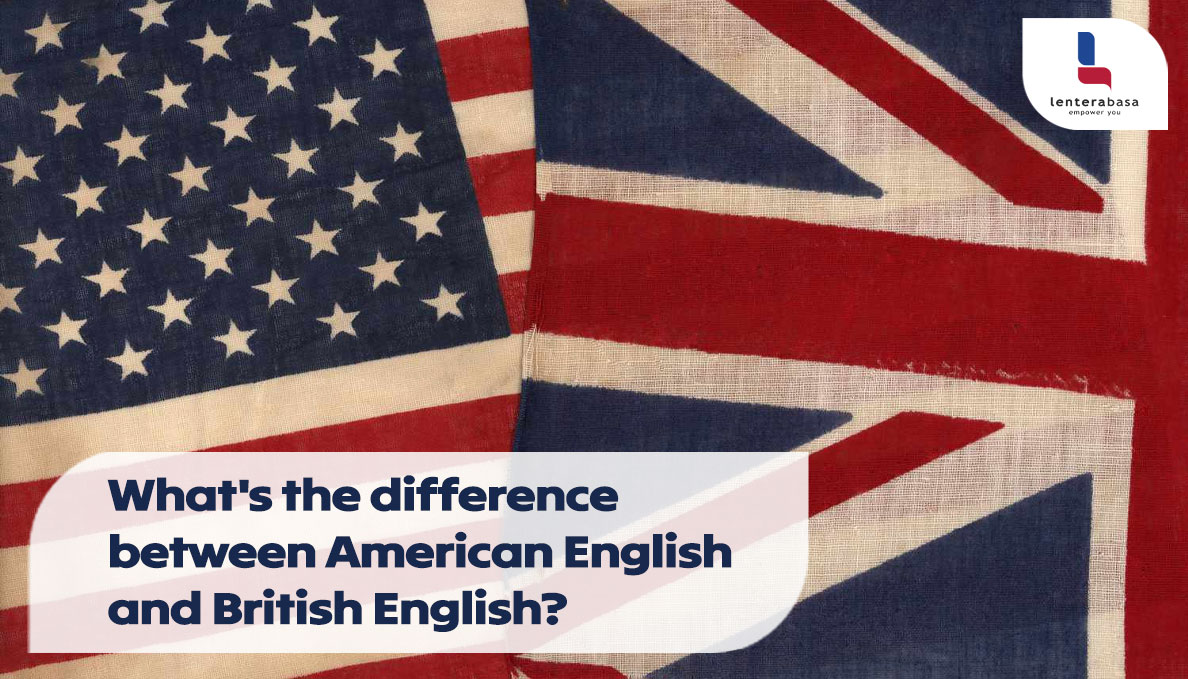English is spoken by over a billion people worldwide, but its two dominant forms—American English (AE) and British English (BE)—carry distinct historical and cultural imprints. While both are mutually intelligible, the differences go beyond accent. Understanding these variations is a fascinating dive into language evolution and history.
The Evolution of Spelling: The American Rebels
The most systematic difference lies in spelling, largely thanks to American lexicographer Noah Webster. In the early 19th century, he sought to simplify and rationalize English to distinguish American identity.
Webster championed simpler spellings. For instance, he encouraged removing the superfluous ‘u’ from words like “colour” (BE) to make it “color” (AE). Similarly, many BE words ending in ‘-re’ (like “centre” and “theatre”) were switched to ‘-er’ in AE (as in “center” and “theater”). Finally, you’ll often find AE using the suffix ‘-ize’ (“organize,” “realize”), while BE frequently uses ‘-ise’ (“organise,” “realise”).
Vocabulary: More Than Just Different Names
Vocabulary is where the two dialects most frequently diverge, often leading to confusion for travelers. These differences stem from independent cultural development and the adoption of new technologies over the centuries.
For example, where an American might ask for “fries” in a restaurant, a Brit will ask for “chips.” If an American needs to move furniture to a new “apartment,” a Brit moves it to a “flat.” Getting around requires recognizing that an American “gasoline” station is a British “petrol” station, and an American “truck” is a British “lorry.” These differences are essentially cultural labels applied to shared concepts.
Grammatical Habits: The Subtle Shifts
While the core structure of the language is identical, a few subtle grammatical preferences stand out, often relating to formality and tense.
- The Present Perfect Tense: British English tends to use the Present Perfect (have/has + past participle) for recent actions. For instance, a Brit might say, “I’ve just finished lunch.” An American is much more likely to use the Simple Past Tense instead: “I just finished lunch.”
- Prepositions: Habits around smaller words change. An American usually does something “on the weekend,” while a Brit does it “at the weekend.”
Pronunciation: The Rhotic Divide
The most recognizable difference is pronunciation, specifically rhoticity.
- American English is Rhotic: Speakers generally pronounce the ‘r’ sound wherever it appears in the spelling, including after a vowel (e.g., they pronounce the ‘r’ in “car” and “mother”).
- Standard British English (Received Pronunciation) is Non-Rhotic: Speakers typically do not pronounce the ‘r’ if it comes after a vowel and isn’t followed immediately by another vowel. This is why a British speaker might sound like they are “dropping” their Rs.
Ultimately, both American and British English are entirely valid and understood globally. For any learner, the best approach is to choose a dialect as a framework and focus on consistency—and enjoy the fascinating history that makes the English language so diverse.Check our website at lenterabasa.com for more interesting articles.

